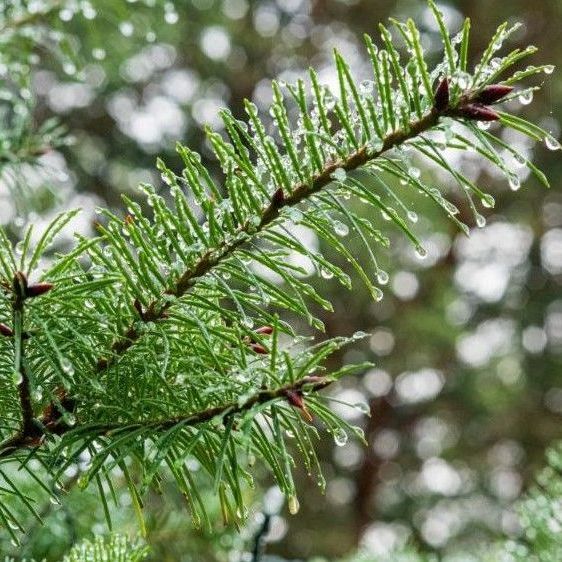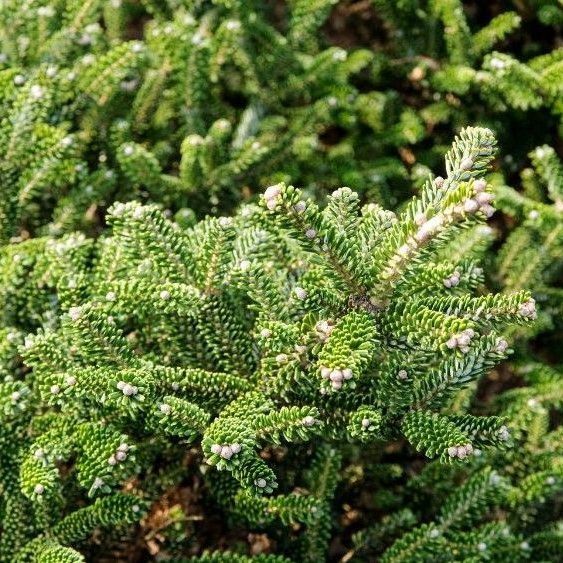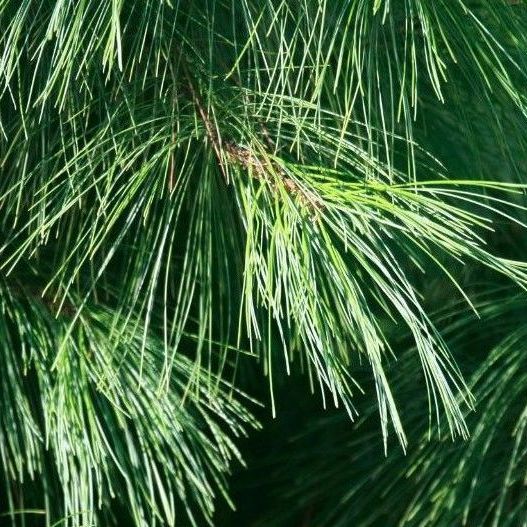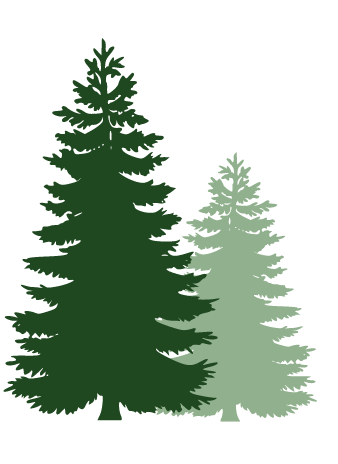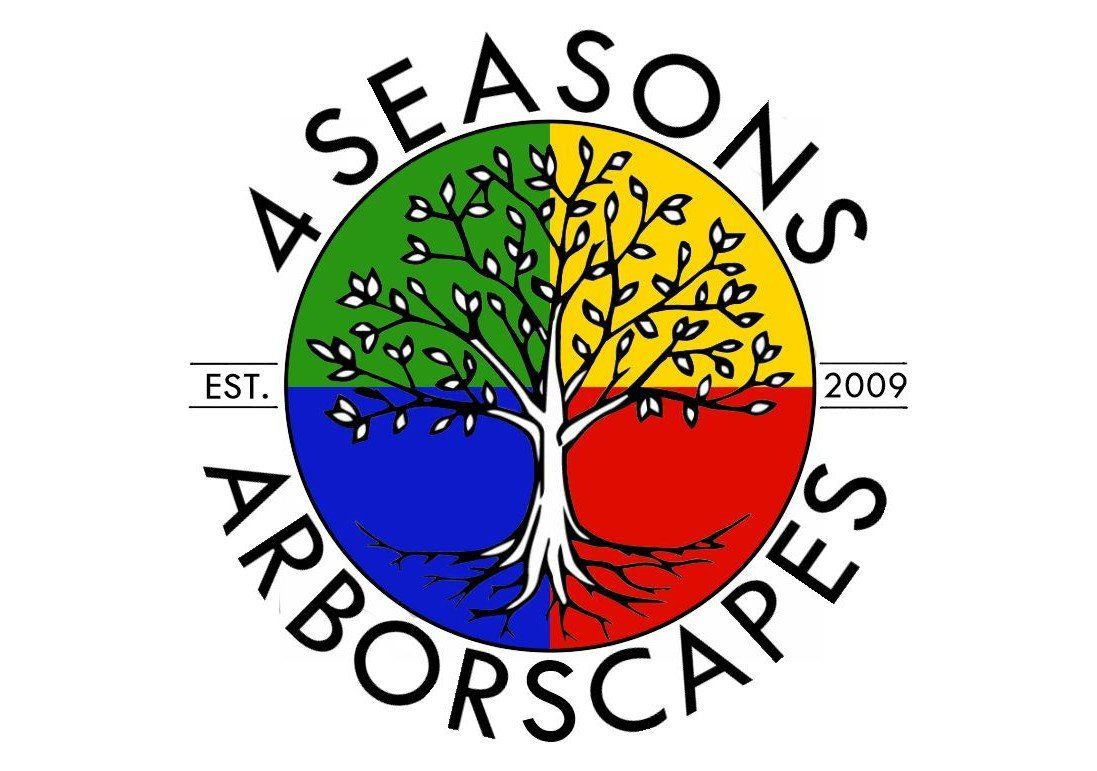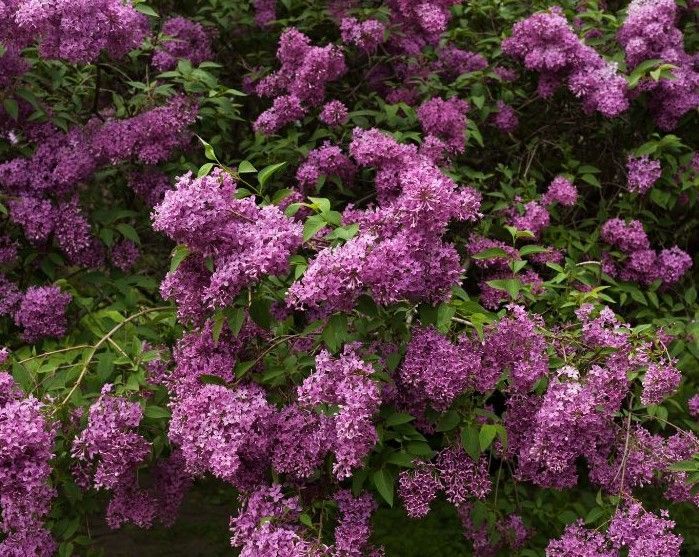Fraser Fir. The Fraser fir is often hailed as the ultimate Christmas tree, cherished for its classic beauty and delightful fragrance. With its soft, sturdy needles and symmetrical branches, it provides the perfect canvas for holiday decorations. The tree's silvery-green hue and excellent needle retention make it a favorite for families looking to enjoy a festive focal point that lasts throughout the season. Plus, its refreshing evergreen aroma fills the home with the unmistakable scent of Christmas. If you're looking for a tree that embodies the holiday spirit, the Fraser fir is a timeless choice.
Finding the Perfect Christmas Tree
I always looked forward to visiting the Christmas tree farm to pick out our tree every year. We’d bundle up against the cold and hop onto a tractor-pulled wagon that took us into the fields. Walking through rows of evergreens, we’d search for just the right tree, inspecting each one until we found the best fit. It wasn’t just about getting a tree—it was about spending time together, sharing laughs, and making it a family tradition. The cold didn’t matter because those moments were what made the experience special.
Choosing a Christmas tree can be more than just another holiday task; it can be a meaningful tradition. Whether you’re looking for a tree that fills your home with the fresh scent of pine or one sturdy enough for all your decorations, it helps to know what to look for.
Fresh-cut trees are a popular choice because they’re easy to find and bring a natural holiday feel into your home. If you want a more sustainable option, consider a potted or balled tree that can be planted afterward. This way, you’re not only celebrating the season but also contributing to the environment.
The process of finding the right tree doesn’t have to be complicated. Whether you’re picking it out at a tree farm or a local lot, it’s all about finding one that works for your space and brings a little extra holiday joy into your home.
1. Consider your space and height limitations
Measure your space before buying. Consider both the tree's height and width so it fits comfortably and leaves room for a tree topper. Trees are typically measured from the floor to the top, but don't forget to consider ceiling height and any lower branches.
2. Know your tree varieties
3. Check the freshness of the trees
Checking the freshness of a real Christmas tree is important to ensure it lasts throughout the holiday season without drying out too quickly or becoming a fire hazard. Here are some tips to help you check the freshness of a real Christmas tree:
- Check the needles for firmness and needle drop. Gently run your hand along a branch. Fresh needles should be flexible and not break easily. If the needles snap or crumble, the tree may be too old. Lightly tap the tree on the ground. Some needle loss is normal, but if a lot of needles fall off or if the branches seem bare, the tree may be dried out.
- Check the overall color and vibrancy. Fresh trees should have vibrant, rich colors. For example, a fresh Fraser fir will have deep green needles, and a Balsam fir will have a dark green to bluish tone. Yellowing or dull needles indicate the tree is losing its freshness.
- Test the branch flexibility. Gently bend a branch. Fresh trees have flexible, supple branches. If the branch is brittle and easily snaps, it’s a sign of dryness.
- Smell the tree to test freshness. Fresh Christmas trees have a distinct pine scent. If the tree doesn’t have much of a scent or if it smells musty or stale, it may not be fresh.
- Check the trunk cut. Look at the base of the trunk. Fresh trees will have a smooth, moist cut on the bottom. If the cut is dry, cracked, or has a sap buildup, the tree has likely been sitting for a while.
- Look for fresh resin. Fresh trees will often have visible resin (sticky sap) on the tips of branches or around the trunk. This indicates that the tree was recently cut and is still fresh.
- Conduct a Water Test. When you first bring your tree home, make a fresh cut at the base of the trunk and place it in water immediately. A fresh tree will drink water within a few hours of being cut. If the tree isn’t drinking water, it may be past its prime.
By using these tips, you can ensure your Christmas tree stays fresh, vibrant, and safe throughout the holiday season.
4. Inspect the tree's shape and fullness
Start by looking for a tree with evenly spaced dense branches and a symmetrical shape. This gives the tree a full and balanced appearance, which is often preferred for decorating. However, slight imperfections, like small gaps between branches, are common and can actually add character to the tree. These gaps can also make room for hanging larger ornaments or creating visual depth, so don’t overlook a tree that has a unique shape or personality that appeals to you.
Consider the tree’s branch strength based on your decorating plans. If you have heavy ornaments, choose a tree with sturdy branches, such as a Fraser fir or Douglas fir, which can support more weight. For lighter decorations or a minimalist look, a softer-needled tree like a white pine may work beautifully.
5. Practice good tree care to extend the life of your tree.
- Water regularly. Keep a real tree hydrated by filling the water stand regularly. Trees can drink a surprising amount, especially in the first week.
- Choose a good location. Place the tree away from heat sources like fireplaces and radiators, as this will help prevent it from drying out quickly.
- Monitor for drying. If needles start falling excessively or branches become brittle, your tree may be drying out. Keep an eye on watering to maintain freshness as long as possible.
6. Consider sustainable disposal methods.
If you choose a real tree, make sure to recycle or compost it after the holidays rather than sending it to the landfill. Many communities offer Christmas tree recycling programs. For live trees, planting it in your yard or donating it to a local reforestation program can provide long-lasting benefits.
Conclusion
Finding the perfect Christmas tree is about more than just picking one that looks good—it’s about creating an experience and a tradition. Whether you head to a farm, visit a local lot, or even choose a live tree to plant afterward, the process can be as meaningful as the tree itself.
Remember to consider your space, your decorating needs, and your family’s preferences when making your choice. A full, fresh tree with strong branches might be the perfect centerpiece for your holiday celebrations, or perhaps a more open, uniquely shaped tree is just what you need to showcase your favorite ornaments.
No matter what kind of tree you choose, it’s the memories you create around it that truly matter. From selecting the tree to decorating it with family and friends, your Christmas tree can become a symbol of connection, joy, and the holiday spirit. So take your time, enjoy the process, and make it a part of your seasonal traditions.
References:
17 Best Types of Christmas Trees
Douglas Fir | National Christmas Tree Association
Balsam Fir | National Christmas Tree Association
Images - Canva
Check out the latest...




